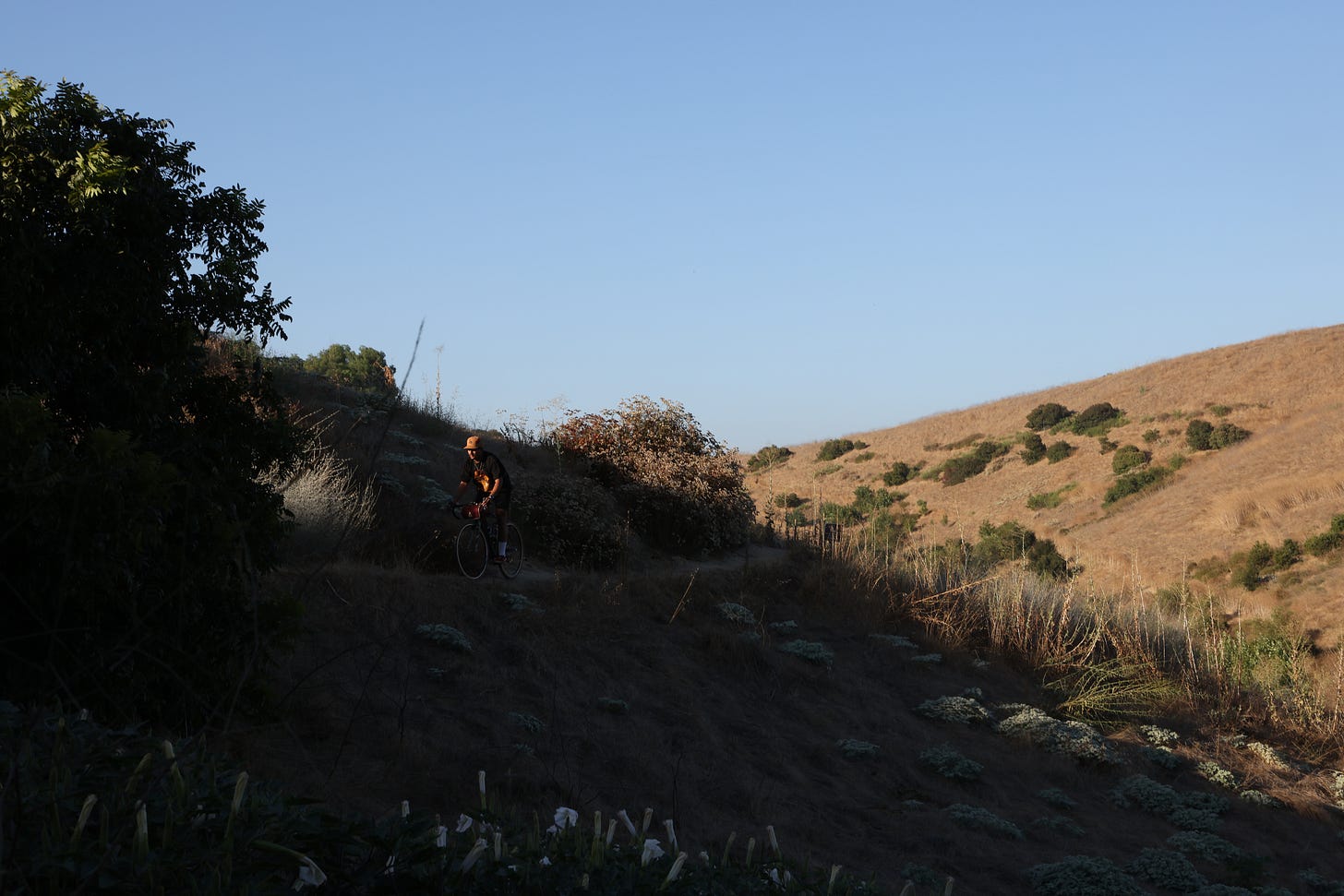Plant Communities
I feel like it’s time to get back to this newsletter again. I was tasked with writing a weekly email newsletter as part of my job at Arlington Garden in Pasadena and I’ve been doing that for about the past year. It’s for the garden volunteers, and I try to come up with stuff that is relevant to everyone’s experience there. Here’s what I wrote this week:
Gardening is one of the easiest ways we can stay in touch with the world around us and stay grounded and remain connected to the changing seasons. Like our ancestors did long ago.
Today we are often disconnected with the ebbs and flows of the natural world, but people who live close to the ground would be much more aware of these things, the way the air changes throughout the day, and the subtle cycles of the seasons. If your ability to eat depended on the observation of the world around you, then you would necessarily be better acquainted with it. In gardening we get a little closer to that place.
Observation is one of our specialities as humans, as is communication. The combination of observation and communication is an integral part of our species ability to work as a team and do stuff, like making fires, developing agricultural, building cities, and all of that sort of stuff. It’s sort of like the scientific process. We are able to observe phenomena, and then do something in response to it, and then communicate all of that information to others. We can even record that information today in fine grained detail, and make hypothetical models of not-yet-existing possibilities based on that, whether that’s a parable passed on for generations, tick marks on a stone tablet, or in millions of lines of computer code.
Communication and community are words that have evolved from the Latin word ‘communis’ which is defined as something common or shared. And that’s what gardening and volunteering is all about for many of us. I’ve probably said that before. But in fact, communing with plants is something we as humans have been doing for 300,000 years or more. But enough…
This is kind of a distillation of a few of the threads that have been forming cobwebs in my head lately. Luckily I was sitting on some old unused post material that I wrote about a year ago and which I just pulled up and relates to this, and we will segue into now…
In the past few months, I have got to see a number of spaces in Los Angeles being maintained, reimagined, and transformed by the efforts of volunteers. The efforts of communities coming together. It was part of the reporting I was doing for an article about volunteering in garden spaces.
It’s heartening to see the community efforts that folks are engaging in to restore natural spaces in their neighborhoods. I have been learning about these projects that are happening all over Los Angeles. Humans bond over shared interests among other things. My theory is that humans bond over shared spaces, perhaps more so than most other things. Today, in our city, I see residents coming together to protect their shared spaces. These places seem to be part of us and to define who we are. Maybe we attach some of our identity to them.
For instance, I recently learned a lot more about what is happening at the Ascot Hills Park in El Sereno, which is mere miles from DTLA. I think I found about it because my friend Katherine Pakradouni is working on a micro-forest project there. Ascot Hills used to be part of our water distribution system, but was finally converted to a park space in the early 2000s, after a lot of back-and-forth between involved parties, which is pretty common. With many of these projects, the rules and regulations don’t necessarily favor the needs of the community and it takes a lot of preliminary work just to get started.
It is in many ways a very impacted space, with expanses of mustard, patches of lifeless dirt, and other signs of urbanity. There are signs of hope though. This used to be a home to stands of black walnut, which can still be found. There are scattered examples of legacy communities of other kinds of native vegetation. Newer arrivals of native plants are finding homes here and there. North East Trees is based at Ascot Hills and they have been working to restore the park.
With further inspection, I noticed a few more things. The diversity of life gathering around some milkweed plants on the hillside. A family of coyotes. The local community coming through on foot and on bikes at all hours.
I got to talk with Hannya Ortiz Caldera, the North East Trees nursery, who grew up in the neighborhood, and she told me that there is a lot of community involvement. The nursery looks great, and it gives locals a chance to learn about native plant propagation, as well as fostering community involvement and ownership in the park. She tells me that some of the locals have made it their hang out space.
On that late summer day last year, within sight of downtown, we collected milkweed seeds on the site which is becoming a micro-forest site as I type these words. I am looking forward to what happens next, but this is just one example of the kinds of community efforts that are taking place all over.
Fast-forward to today, November 12th in 2024: In the past year I have had the chance to witness a few local community efforts of a similar nature. Maybe I’ll have more on that, but in the meantime…
Gardening connects us to the history of humanity, and if you don’t have your own garden, there’s probably one close by where you can volunteer. The South Pasadena Nature Park, for instance, is having their monthly volunteer day this Saturday.









